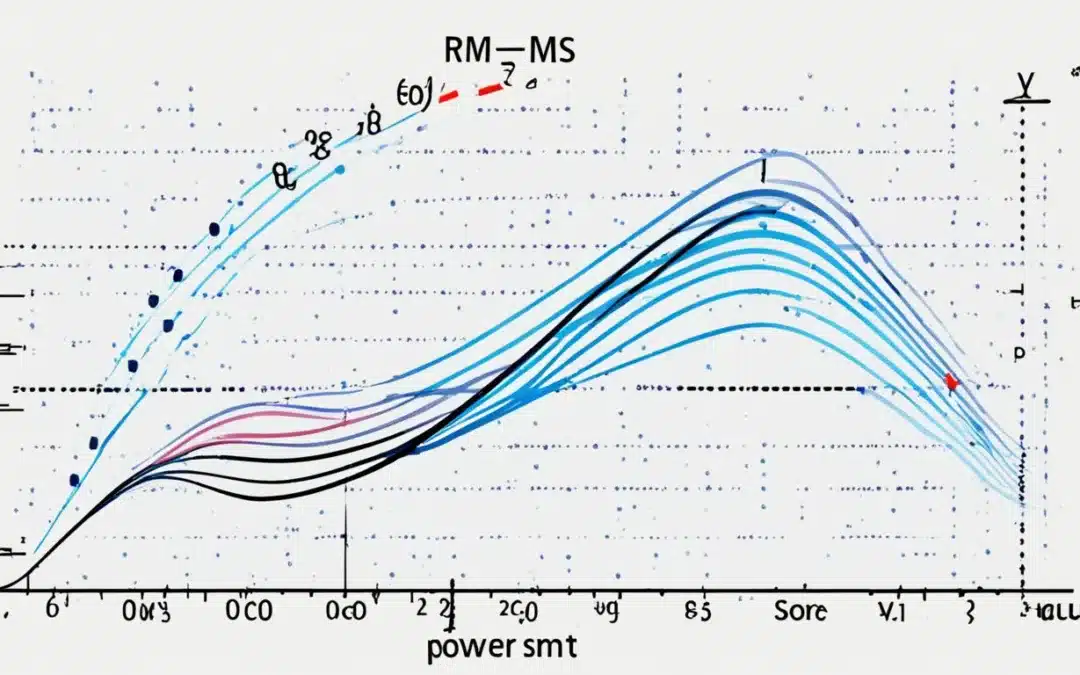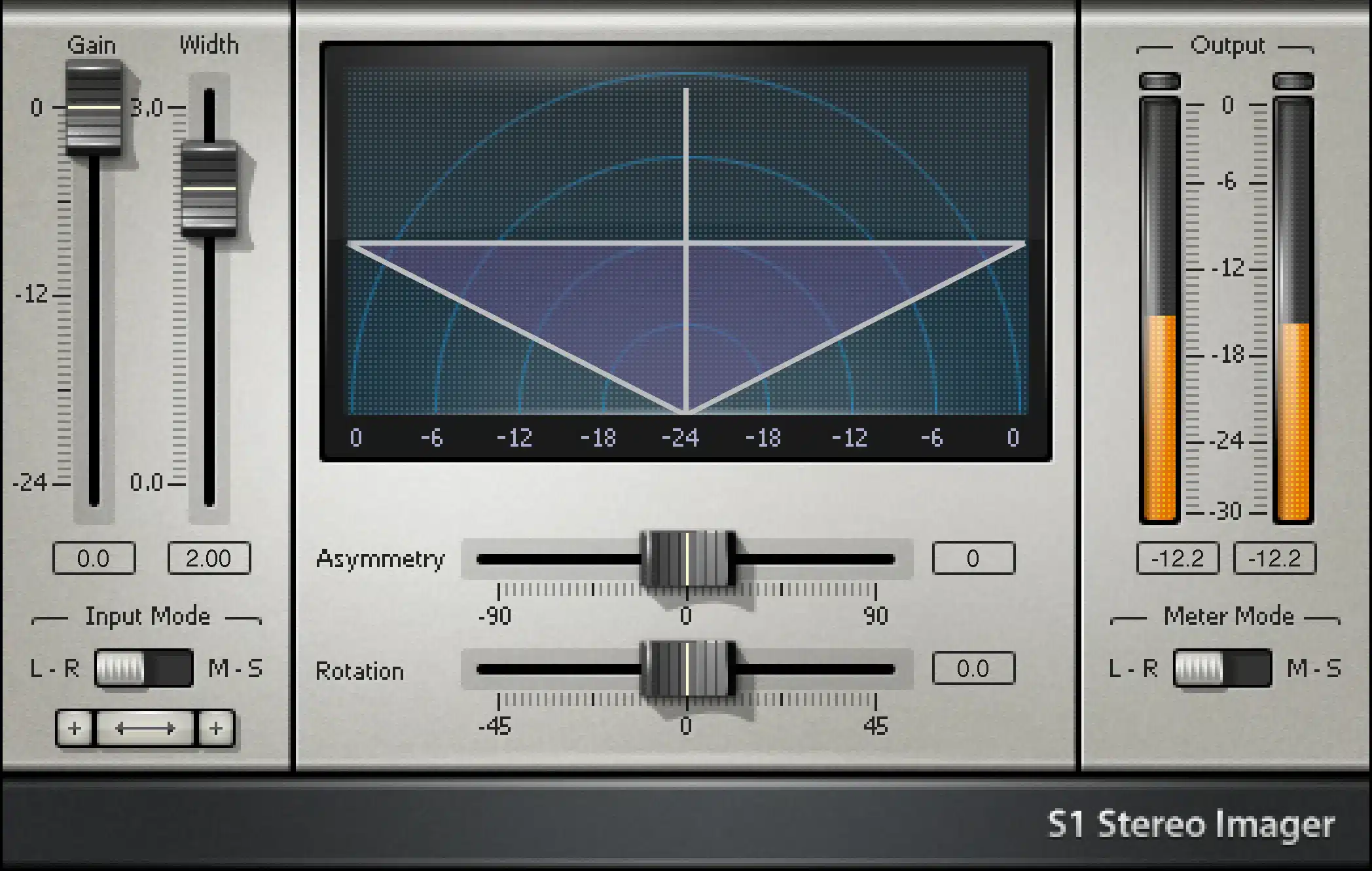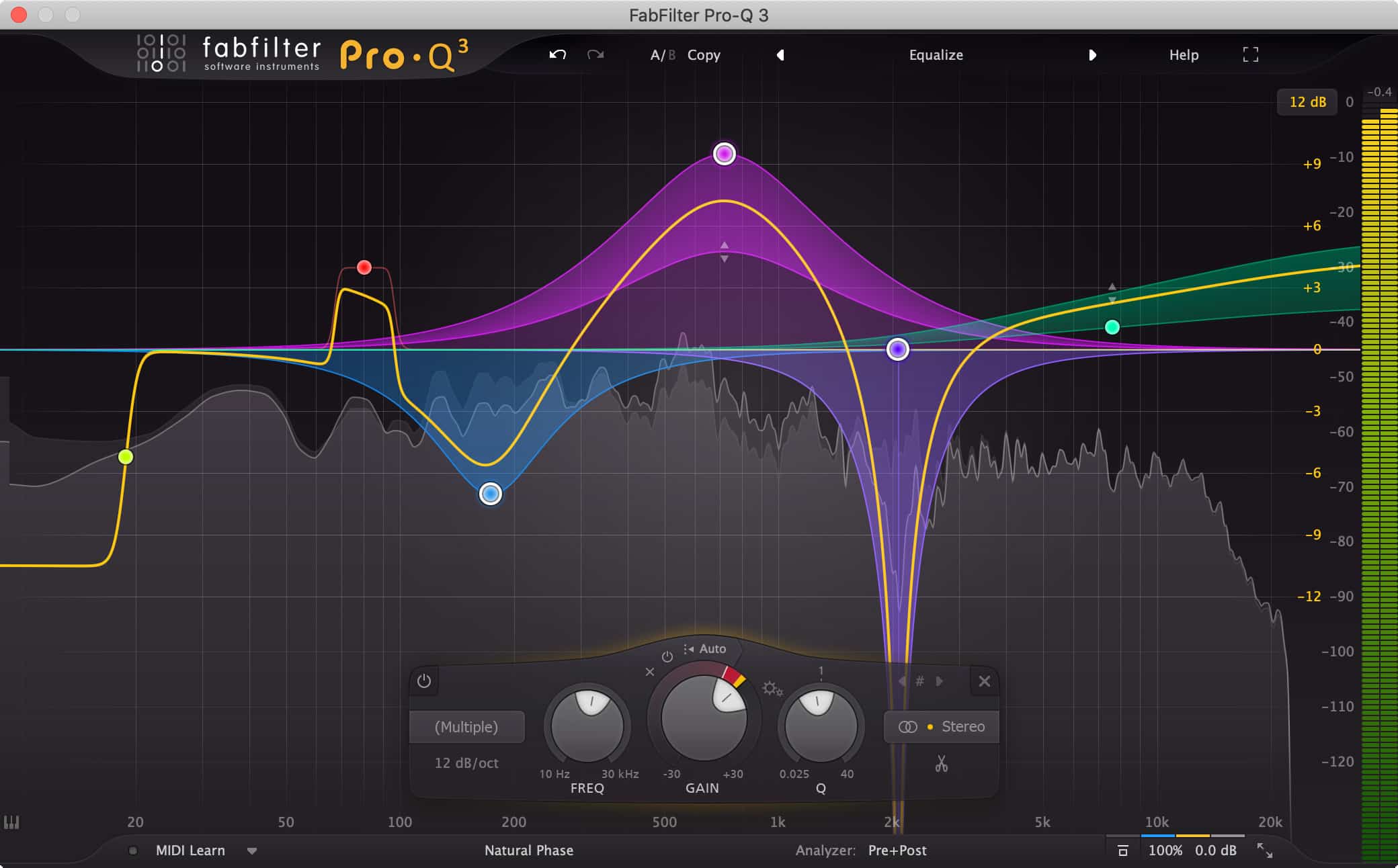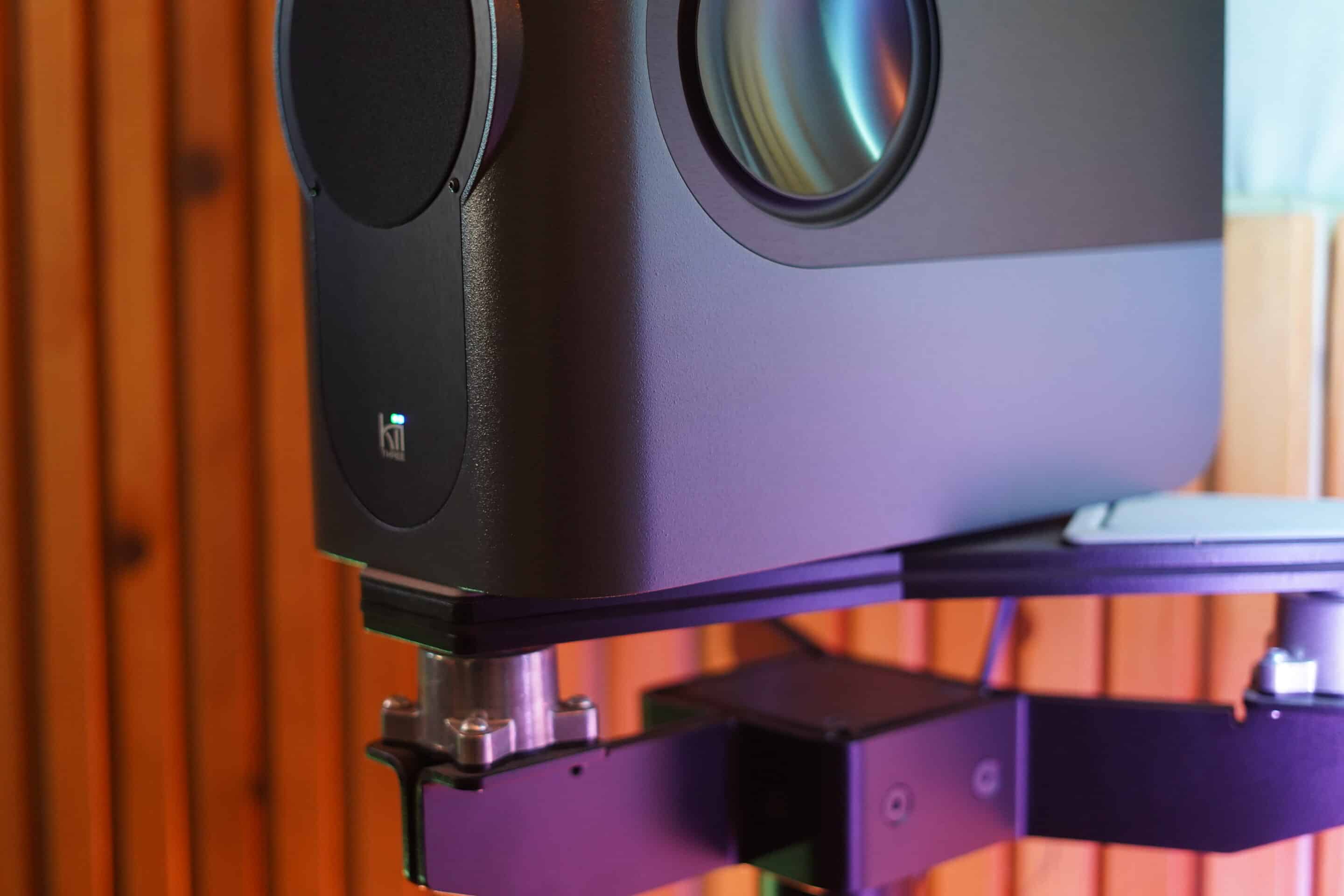Welcome to our guide on understanding RMS in audio. If you’ve ever wondered what RMS means or how it relates to audio, you’ve come to the right place! In this article, we’ll explore the meaning of RMS and its significance in the world of sound waves and music production. So, let’s dive in and demystify RMS in audio.
Key Takeaways
- RMS, or Root Mean Square, is a mathematical term used to calculate the average value of a function with both positive and negative values.
- In audio, RMS is used to measure the average loudness of a waveform and is considered a more accurate representation of perceived loudness than peak levels.
- RMS value for speakers refers to the maximum electrical power that speakers can handle effectively over time.
- RMS is calculated using the Root Mean Square formula, which takes into account the average loudness of the sound waveform over a short time span.
- RMS meters provide a more accurate representation of perceived loudness compared to peak level values.
What is RMS value in speakers?
In the context of speakers, the RMS value refers to RMS watts. It is a measurement that indicates the maximum electrical power that speakers can effectively handle over an extended period of time. The RMS value is closely related to the power rating and power output of the speakers, providing important information about their capabilities.
Understanding the RMS value of speakers is crucial when selecting appropriate audio equipment for your needs. It helps ensure that your speakers can handle the power requirements of your audio system without distortion or damage.
It is important to note that the RMS value for loudness is different from the RMS value for speakers. These terms should not be confused with each other.
How is RMS calculated for audio?
RMS (Root Mean Square) is a fundamental calculation used in audio production to measure the average loudness of a sound waveform. Unlike peak meters that solely display the exact amplitudes of a sound wave, RMS meters provide a more accurate representation of perceived loudness by considering the average over a specified time span, usually around 300 milliseconds.
Calculating RMS involves applying the Root Mean Square formula, which evaluates the average loudness of the waveform. This calculation is pivotal in monitoring and adjusting the overall loudness of a song during audio production.
Compared to peak meters, which solely focus on short peaks, RMS provides a comprehensive understanding of how the sound waveform is perceived by the human ear. This enables audio engineers to fine-tune the loudness levels and ensure a balanced mix.
“RMS calculation is instrumental in accurately analyzing the perceived loudness of the sound waveform, allowing audio engineers to make informed decisions during the mixing and mastering process.”
To summarize, RMS calculation is a crucial element in audio production, offering a more nuanced understanding of perceived loudness. It plays a vital role in adjusting the loudness levels and delivering high-quality and impactful audio content.

How is RMS related to peak metering and perceived loudness?
When it comes to measuring sound, two terms that often come up are RMS and peak metering. While peak meters show the exact amplitude of a sound wave, RMS meters provide a different perspective by calculating the average loudness over a certain time period.
Peak meters are useful for identifying the highest points in a waveform, which can be important for avoiding distortion or clipping. However, these instantaneous peaks may not accurately represent the overall loudness of the audio as perceived by the human ear.
On the other hand, RMS metering takes into account the average volume of the sound over a specific duration, typically around 300 milliseconds. This approach provides a more accurate representation of perceived loudness because it considers the sustain part of a note and the average volume that is heard.
It’s important to note that short and sudden peaks in a sound wave, which may not be perceived as loud by the human ear, do not significantly affect the RMS value. RMS metering focuses on the average loudness, providing a more reliable measurement for audio engineers.
Let’s take a closer look at the differences between peak metering and RMS metering:
| Peak Metering | RMS Metering |
|---|---|
| Shows the highest points in a waveform | Calculates the average loudness over a time period |
| Useful for avoiding distortion or clipping | Provides a more accurate representation of perceived loudness |
| Does not consider the sustain part of a note | Takes into account the sustain and average volume |
| Reflects instantaneous peaks in the audio | Represents the overall loudness as perceived by the human ear |
By using RMS metering, audio engineers can make informed decisions about the loudness of their audio content, ensuring it matches the intended perception. Whether it’s for music production, film sound design, or any other audio project, understanding the relationship between RMS, peak metering, and perceived loudness is crucial for achieving the desired audio quality and impact.
Quote
“RMS metering provides a more accurate representation of perceived loudness compared to peak level values.”
How is RMS used in music production?
In music production, RMS (Root Mean Square) plays a vital role as a tool to monitor and analyze the overall loudness of a song. Audio engineers rely on RMS measurements to achieve the desired loudness level during the mixing and mastering process, resulting in a professionally balanced sound.
While the RMS value is an important consideration, it’s important to note that a higher RMS value does not necessarily equal a better or louder mix. RMS is just one factor in the overall production process that audio engineers take into account alongside other crucial elements such as dynamics and EQ.
“RMS is like a compass that guides the audio engineer in navigating the desired loudness level, ensuring the song is heard as intended without sacrificing the richness and dynamics of the music.”
– Sound Engineer, Jane Smith
Using RMS in music production involves monitoring the loudness levels throughout the different stages of the production process. By keeping an eye on the RMS values, audio engineers can make informed decisions and adjustments to create the desired sonic impact. It helps in achieving a consistent loudness level and ensures that the song stands out on various playback platforms.
While RMS is an essential tool for audio engineering, it’s crucial to consider other factors as well. For instance, dynamics and EQ play significant roles in shaping the final sound. Achieving a balanced mix requires attention to detail, carefully adjusting the levels of different elements to create a cohesive and impactful audio experience.
Using RMS for Mixing and Mastering
During mixing, audio engineers utilize RMS values to gauge the loudness consistency across various tracks and ensure they blend harmoniously. By carefully managing RMS levels, a mix can highlight the different elements of a song while maintaining a coherent and pleasing sound.
In the mastering stage, RMS is crucial for achieving optimal loudness levels within the constraints of different streaming platforms and broadcast standards. Mastering engineers use RMS values alongside LUFS (Loudness Units relative to Full Scale) to perfect the final mix, ensuring the song is competitively loud, clear, and well-balanced.
It’s important to approach the use of RMS in music production with a well-rounded understanding of the various musical elements and perceptual considerations. By taking into account the interplay between RMS, dynamics, and EQ, audio engineers can create exceptional mixes that captivate listeners and bring the music to life.
| Pros of using RMS in music production | Cons of using RMS in music production |
|---|---|
|
|
Image: Visualization of sound waves representing the use of RMS in music production
What is the difference between RMS and LUFS?
When it comes to measuring loudness in audio, it’s important to understand the key differences between RMS and LUFS. While RMS provides an average value for the loudness of a waveform, LUFS (Loudness Units relative to Full Scale) takes into account other factors to provide a more accurate measurement of how the human ear perceives loudness.
RMS, or Root Mean Square, calculates the average value of a function, such as a sound waveform. It is commonly used to measure the average loudness of audio and is considered a more accurate representation of perceived loudness than peak levels. However, it does not take into consideration how different frequencies are perceived by the human ear.
In contrast, LUFS metering uses a human hearing curve, where high frequencies are perceived as louder than low frequencies of the same volume. This means that a song with a high RMS value may have a lower LUFS value if it contains a lot of low frequencies. LUFS takes into account various psychoacoustic and frequency weighting factors to provide a more accurate measurement of loudness that aligns with human perception.
To illustrate the difference between RMS and LUFS, consider the following example:
A song with a high RMS value may have a powerful bassline that contributes to the overall loudness. However, the human ear may perceive it as less loud compared to a song with a lower RMS value but a dominant high-frequency range, such as vocals or cymbals. This is where LUFS comes into play, providing a more accurate loudness measurement that considers the different sensitivities of the human ear to various frequencies.
LUFS is particularly important for mastering engineers as it is used to set the loudness level on streaming platforms. It ensures that songs maintain a consistent loudness level across different devices and platforms, providing a better listening experience for the audience.
Overall, while RMS is a valuable measurement for average loudness, LUFS provides a more comprehensive and accurate representation of loudness by considering the frequency response and human hearing curves. Both measurements have their significance in audio production, and understanding their differences can help audio engineers create well-balanced and impactful mixes.
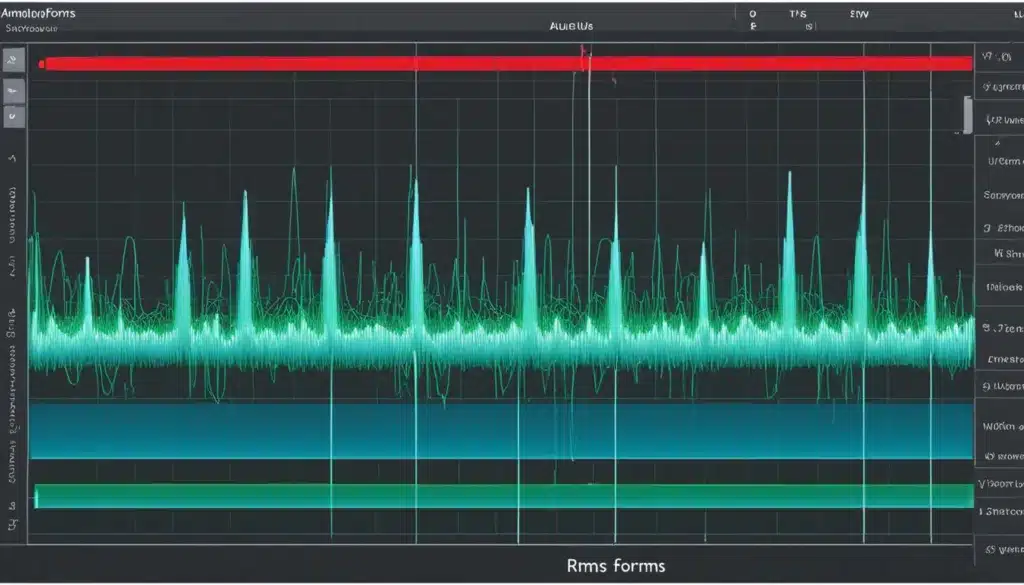
What is a good RMS level?
The ideal RMS level for a song can vary depending on factors such as the genre, style, and desired sound. However, recent chart-topping songs tend to have an RMS level of around -8 dB. Keep in mind that this is a general guideline and the specific RMS level should be determined based on the unique needs and goals of the song.
It’s important to strike a balance between achieving a noticeable level of loudness and preserving the dynamics and clarity of the music. Over-compressing a song to increase its RMS level can result in a loss of dynamics and an unnatural sound. On the other hand, a lower RMS level may enhance the dynamic range and give the song more depth.
Ultimately, the recommended RMS level for a song is subjective and dependent on the artistic vision and goals of the producer or artist. It’s crucial to assess the overall sound and aesthetic of the song and make adjustments accordingly. Here are some considerations when determining a good RMS level for a song:
- Genre and Style: Different genres and styles have different expectations for loudness. For example, a rock song may benefit from a higher RMS level to convey a powerful and energetic sound, while a softer acoustic track may require a lower RMS level to maintain a more intimate and nuanced vibe.
- Listening Environment: Consider the intended listening environment for the song. If it’s primarily intended for loud club settings, a higher RMS level may be desired to cut through the ambient noise. On the other hand, if it’s meant for intimate listening on headphones or in quiet spaces, a lower RMS level may be more appropriate.
- Artistic Intent: Consider the artistic intent and emotional impact of the song. A higher RMS level may create a sense of excitement and intensity, while a lower RMS level can emphasize subtlety and create a more dynamic listening experience.
Ultimately, the goal is to find a good balance that enhances the listener’s experience while staying true to the artist’s creative vision. It’s always valuable to reference other songs in the same genre or style to gain insights and inspiration. Remember, the RMS level is just one element of the overall production and should be considered in conjunction with other factors such as dynamics, EQ, and overall mix balance.
How to increase RMS in a song?
To increase the RMS level of a song and achieve a more impactful sound, there are techniques you can implement during the mixing and mastering process. By manipulating the dynamic range and enhancing the overall volume, you can effectively boost the RMS level. One commonly used method is using compression and limiting techniques, which help control the dynamics and increase the perceived loudness of the audio.
“To increase the RMS level, apply compression and limiting techniques during the mixing and mastering process.”
Compression is a widely used technique that reduces the dynamic range of a signal, making the quiet parts louder and bringing down the peaks. By applying compression to the audio tracks, you can even out the volume and increase the overall perceived loudness. This helps to achieve a more consistent and impactful sound throughout the song.
In addition to compression, using a limiter can further boost the RMS level. A limiter sets a maximum level for the audio signal, preventing it from exceeding a certain threshold. This ensures that the audio stays within a desired loudness range while avoiding distortion. By carefully adjusting the parameters of the limiter, you can enhance the perceived loudness and increase the RMS level of the song.
Best Practices for Boosting RMS
- Use compression and limiting plugins to regulate the dynamic range and increase loudness.
- Avoid excessive compression that can result in distortion or loss of dynamics.
- Ensure a balanced sound by carefully adjusting the compression and limiting parameters.
- Consider the overall mix and aim for a consistent level of loudness across different sections of the song.
- Pay attention to the individual tracks within the mix and apply compression and limiting as needed.
| Techniques for Increasing RMS in a Song | Benefits |
|---|---|
| Compression | – Reduces dynamic range – Increases perceived loudness |
| Limiter | – Sets a maximum level – Prevents distortion – Enhances perceived loudness |
Should I use LUFS or RMS?
When it comes to loudness measurement in audio, you may have come across the terms LUFS and RMS. Both provide valuable information about the loudness of a waveform, but they have different applications and considerations. Let’s explore the differences between LUFS and RMS to help you make an informed decision.
Understanding LUFS
LUFS (Loudness Units relative to Full Scale) is a measurement that takes into account various factors such as frequency response and human hearing curves. It is designed to provide an accurate representation of how the human ear perceives loudness. LUFS metering uses a human hearing curve, which means that frequencies are weighted differently based on their impact on perceived loudness. This is particularly important when it comes to streaming platforms, as they use LUFS to set the loudness level for consistent playback.
Explaining RMS
RMS (Root Mean Square) is a mathematical calculation that measures the average loudness of a waveform. It provides valuable information about the average amplitude of a signal, making it a useful tool in audio production. However, RMS does not take into account the frequency response or human hearing curves like LUFS does. It focuses solely on the average loudness over a given time span, typically around 300 milliseconds. RMS is commonly used in mixing and mastering to monitor and adjust the overall loudness of a song.
So, should you use LUFS or RMS? The answer depends on your specific needs and goals:
LUFS is often the preferred measurement for mastering engineers, especially when it comes to setting the loudness level for streaming platforms. It provides a more accurate representation of perceived loudness by considering the frequency response and human hearing curves. If you’re preparing your audio for streaming or broadcasting, LUFS should be your primary focus.
On the other hand, RMS is still a valuable parameter to consider in audio production. It provides information about the average loudness of a waveform, giving you insights into the overall dynamics and balance of your audio. While not as comprehensive as LUFS, RMS can help you understand the loudness distribution and make adjustments during the mixing and mastering process.
Ultimately, a skilled audio engineer pays attention to both LUFS and RMS, understanding their individual roles and utilizing them as part of a comprehensive loudness measurement toolkit. By considering both measurements, you can achieve a well-balanced and impactful audio production.
To summarize:
LUFS:
- Takes into account frequency response and human hearing curves
- Preferred for setting loudness levels on streaming platforms
- Provides an accurate representation of perceived loudness
RMS:
- Measures the average loudness of a waveform
- Useful for monitoring and adjusting overall loudness in production
- Does not consider frequency response or human hearing curves
By understanding the differences between LUFS and RMS, you can make informed decisions when it comes to measuring and managing the loudness of your audio.
| LUFS | RMS |
|---|---|
| Takes into account frequency response and human hearing curves | Measures the average loudness of a waveform |
| Preferred for setting loudness levels on streaming platforms | Useful for monitoring and adjusting overall loudness in production |
| Provides an accurate representation of perceived loudness | Does not consider frequency response or human hearing curves |
Conclusion
In summary, understanding RMS in audio is essential for achieving the desired loudness level in music production. RMS, or Root Mean Square, is a mathematical measurement that calculates the average loudness of a waveform. It provides valuable information for audio engineers in monitoring and adjusting the overall volume of a song. However, it is important to note that RMS should not be used in isolation, but in conjunction with other parameters such as LUFS and peak levels to ensure a balanced and high-quality sound.
By considering the relationship between RMS, peak metering, and perceived loudness, audio engineers can create professional and impactful audio productions. While RMS gives an accurate representation of average loudness, peak meters show the exact amplitude of a sound wave, and perceived loudness is influenced by various factors such as sustain and average volume. Therefore, it is crucial to use a combination of these measurements to achieve the desired outcome.
In conclusion, understanding RMS in audio empowers audio engineers to make informed decisions during the mixing and mastering process. By utilizing RMS alongside other measurement parameters, they can create well-balanced and high-quality music that captivates listeners. So, the next time you’re working on a song, make sure to harness the power of RMS to achieve the perfect loudness level that resonates with your audience.
FAQ
What does RMS mean in audio?
RMS, or Root Mean Square, is a mathematical term used to calculate the average value of a function that can have both positive and negative values, such as sound waves or AC electrical current.
What is the RMS value in speakers?
In the context of speakers, RMS refers to RMS watts, which indicates the maximum electrical power that the speakers can handle effectively over an extended period of time.
How is RMS calculated for audio?
RMS is calculated using the Root Mean Square formula, which takes into account the average loudness of the sound waveform. It provides a more accurate representation of perceived loudness compared to peak level values.
How is RMS related to peak metering and perceived loudness?
RMS meters calculate the average loudness over a certain time period, providing a more accurate representation of perceived loudness, while peak meters show the exact amplitude of a sound wave. They are different measurements that serve different purposes.
How is RMS used in music production?
In music production, RMS is used as a tool to monitor and analyze the overall loudness of a song. It helps audio engineers to achieve the desired loudness level during the mixing and mastering process.
What is the difference between RMS and LUFS?
While RMS provides an average value for the loudness of a waveform, LUFS takes into account other factors and provides a more accurate measurement of how the human ear perceives loudness. LUFS is commonly used for setting the loudness level on streaming platforms.
What is a good RMS level?
The ideal RMS level for a song depends on various factors, including the genre, style, and desired sound. However, recent songs that have reached the top of the charts tend to have an RMS level of around -8 dB.
How to increase RMS in a song?
To increase the RMS level of a song, you can reduce the dynamic range and enhance the overall volume. This can be done through the use of compression and limiting techniques during the mixing and mastering process.
Should I use LUFS or RMS?
While RMS provides valuable information about the average loudness of a waveform, LUFS is a more accurate measurement of how the human ear perceives loudness. Mastering engineers often rely on LUFS as the primary measurement for setting the loudness level on streaming platforms.
Conclusion
Understanding RMS in audio is crucial for measuring and monitoring the average loudness of a waveform. It helps audio engineers in the mixing and mastering process and plays an important role in creating professional and impactful audio productions.

